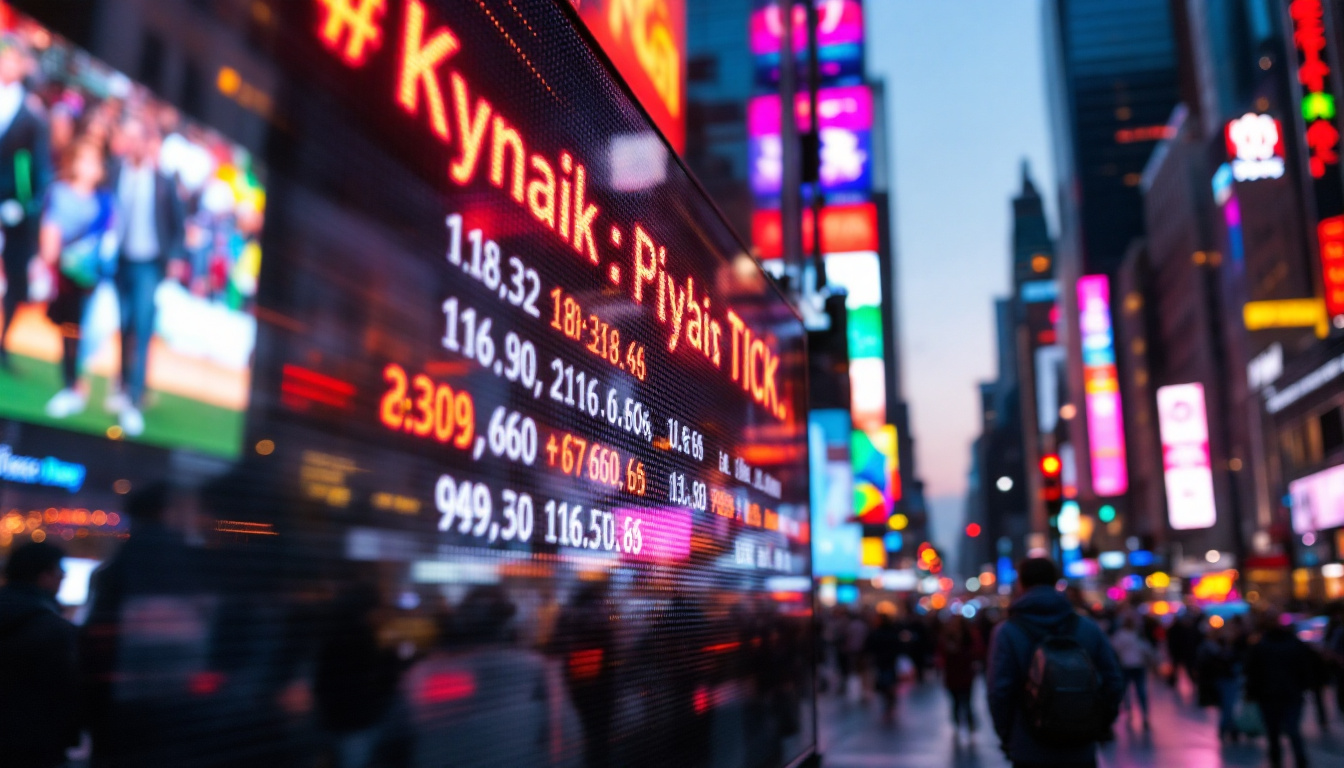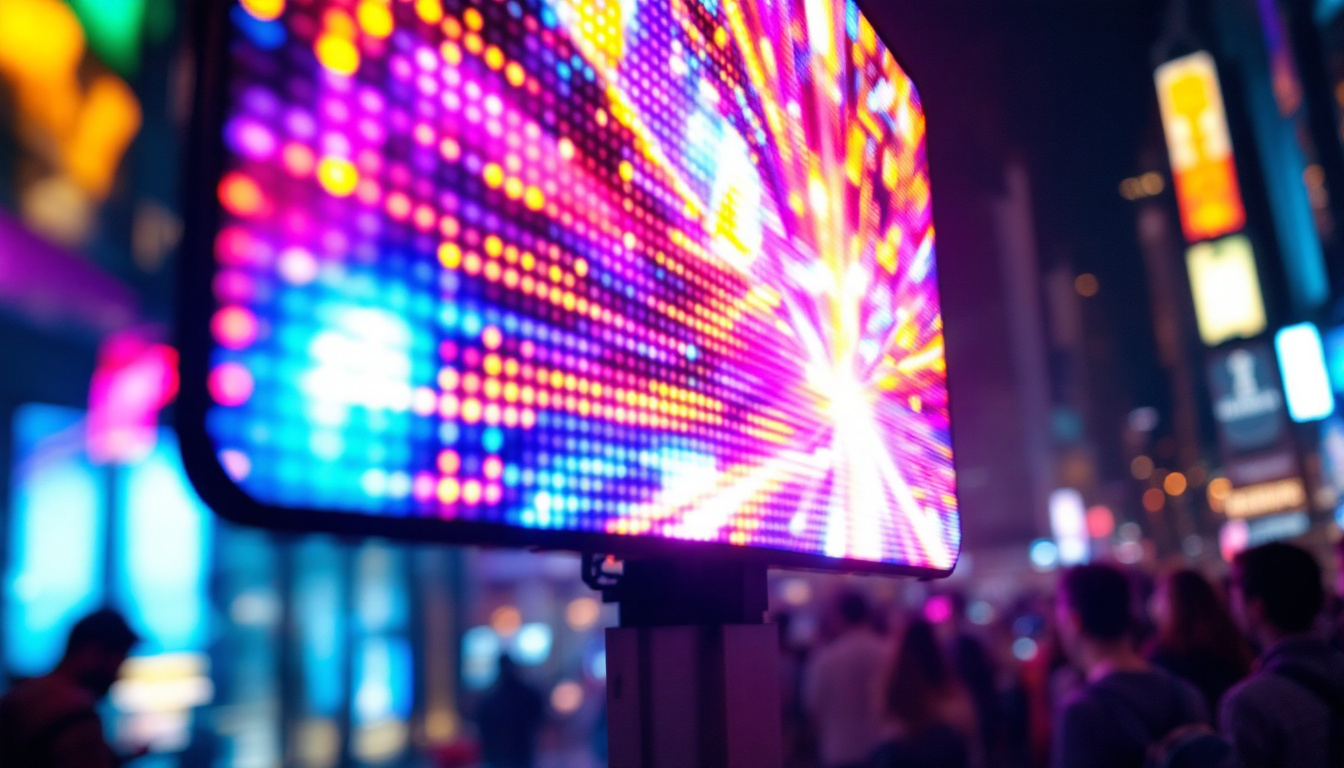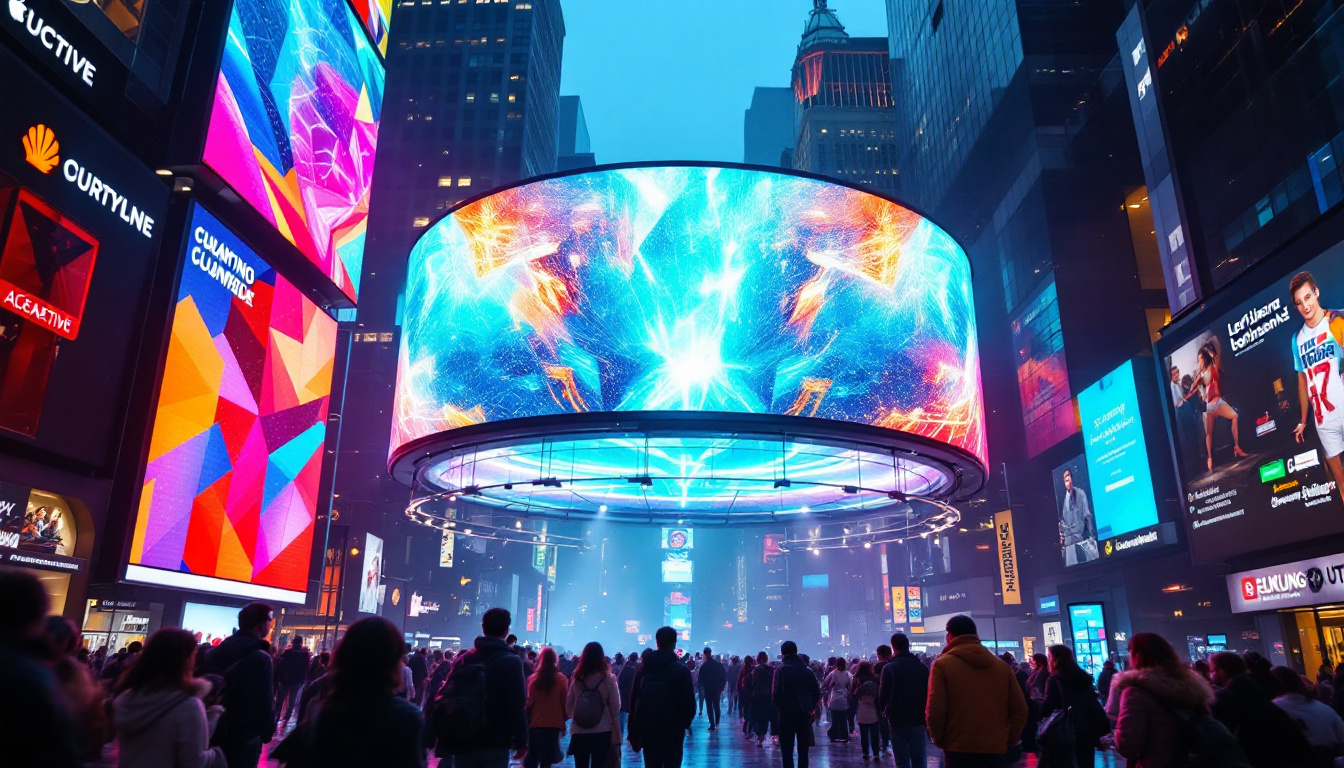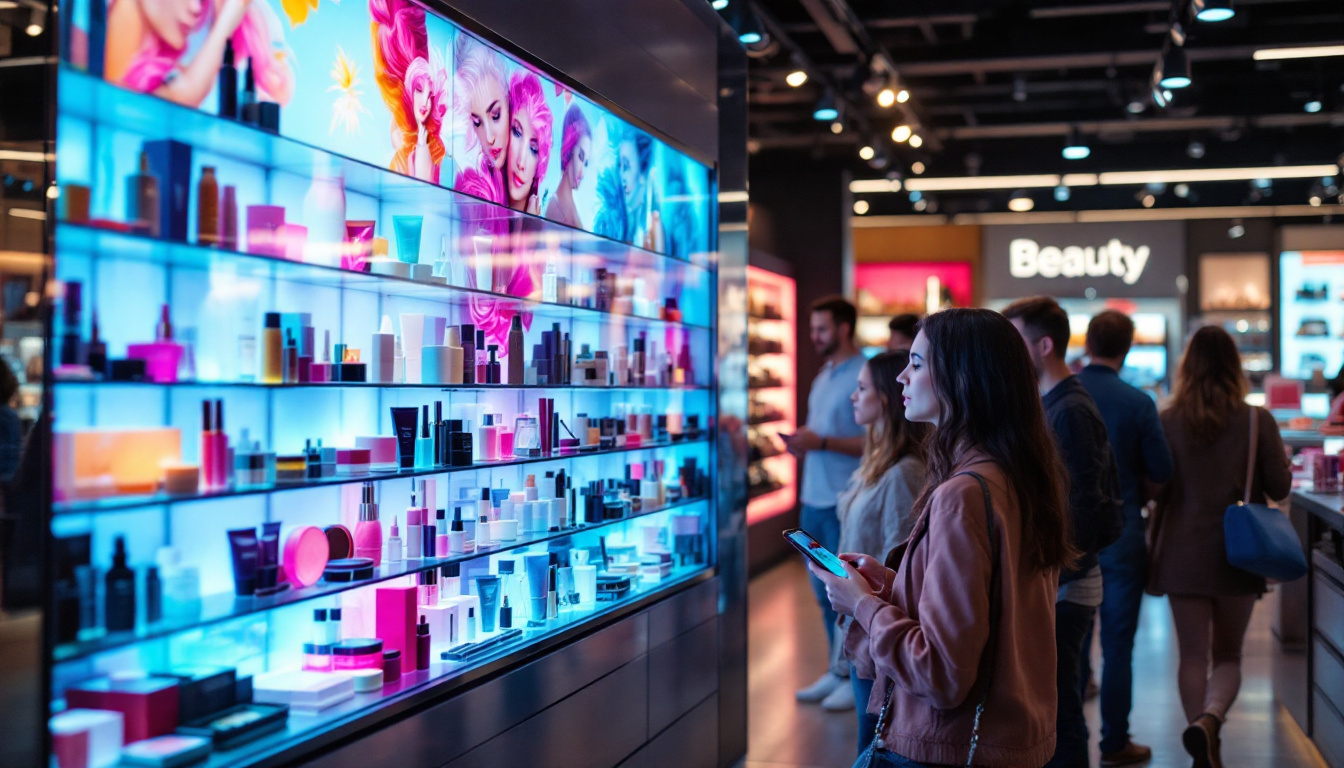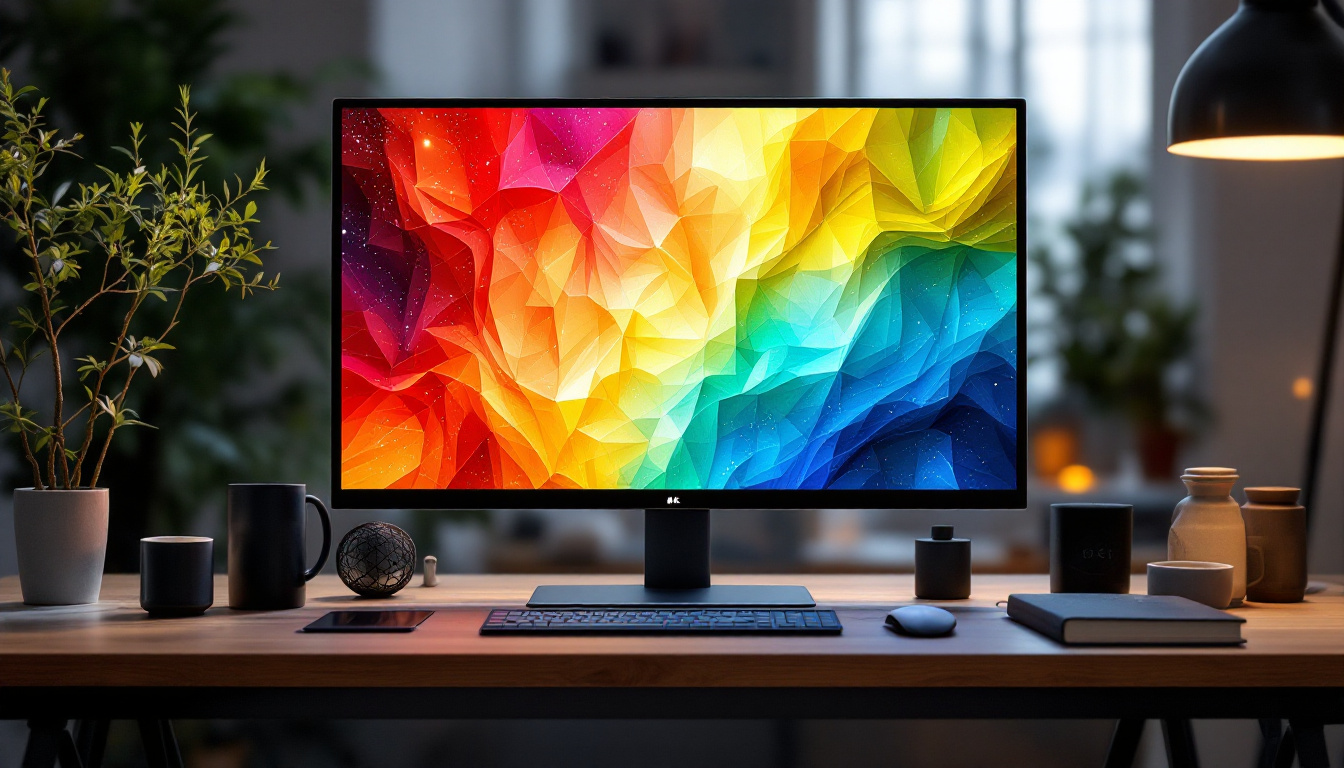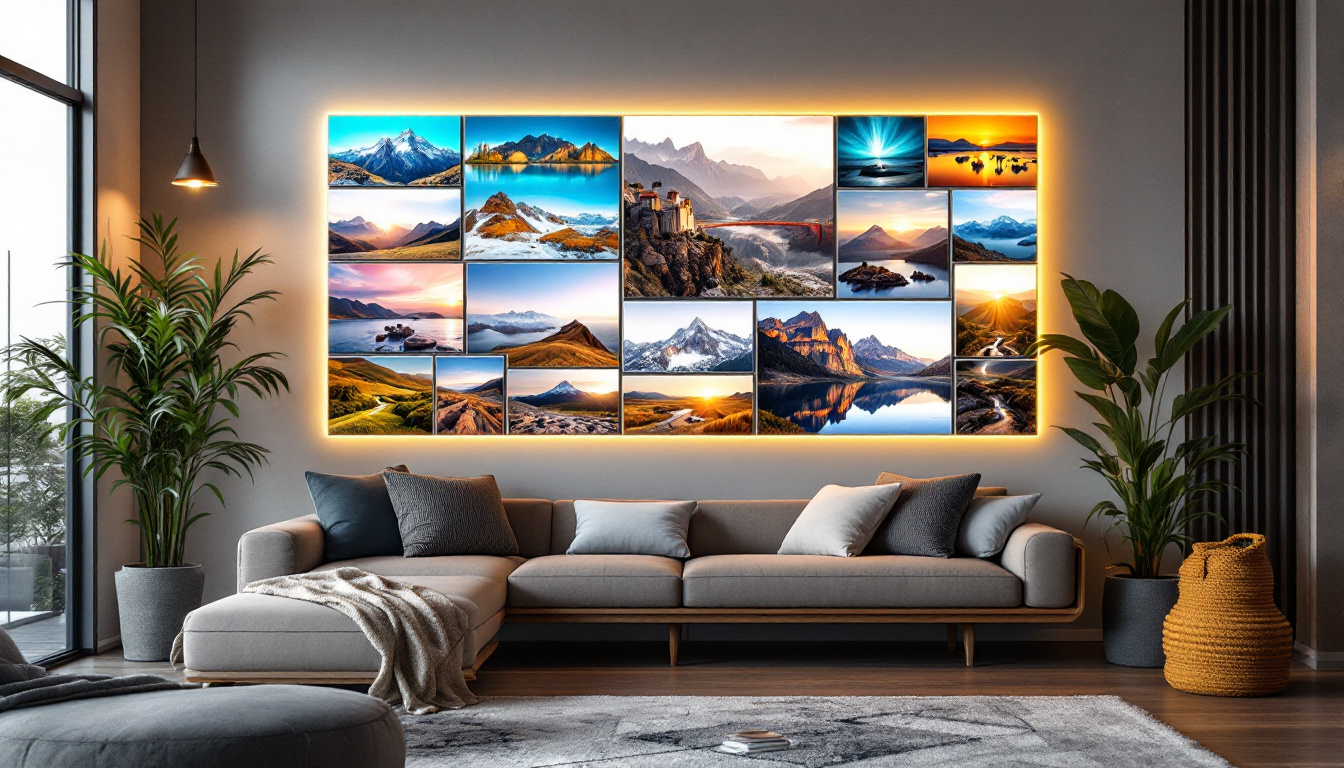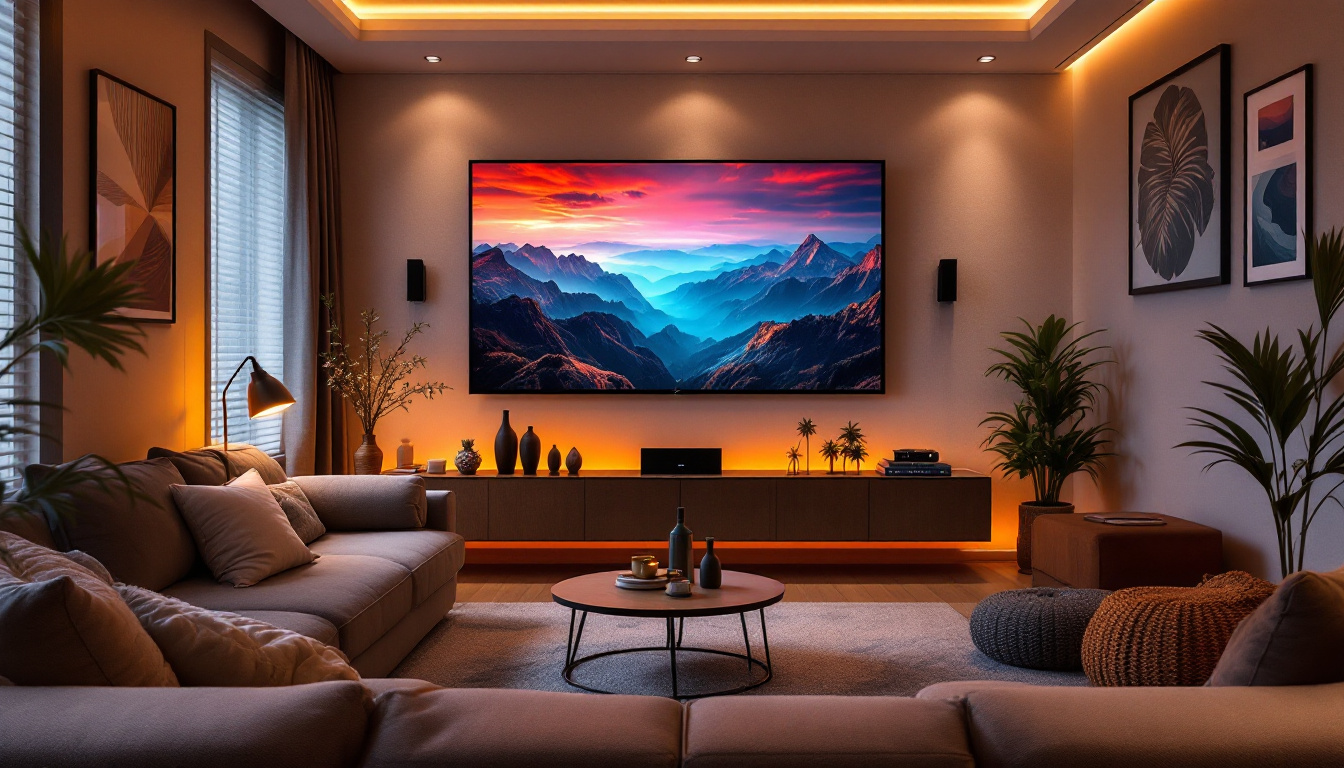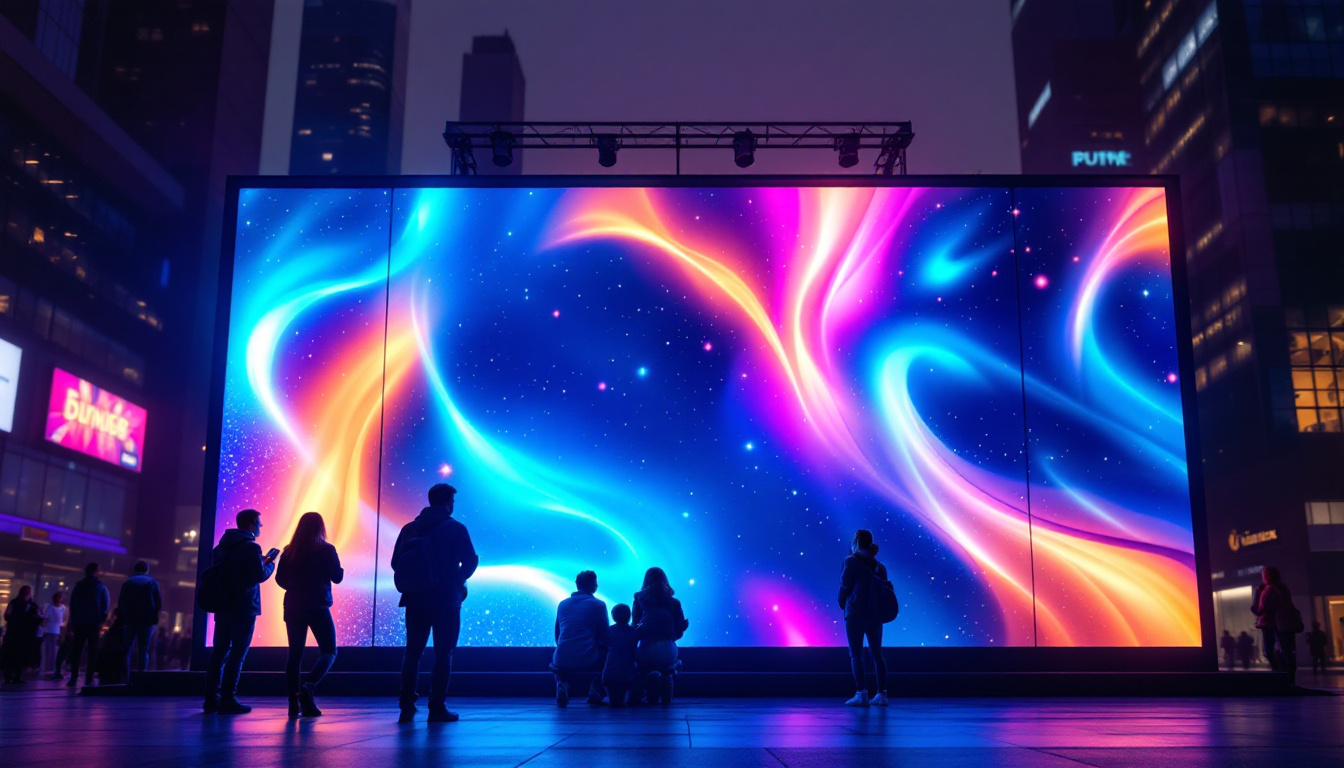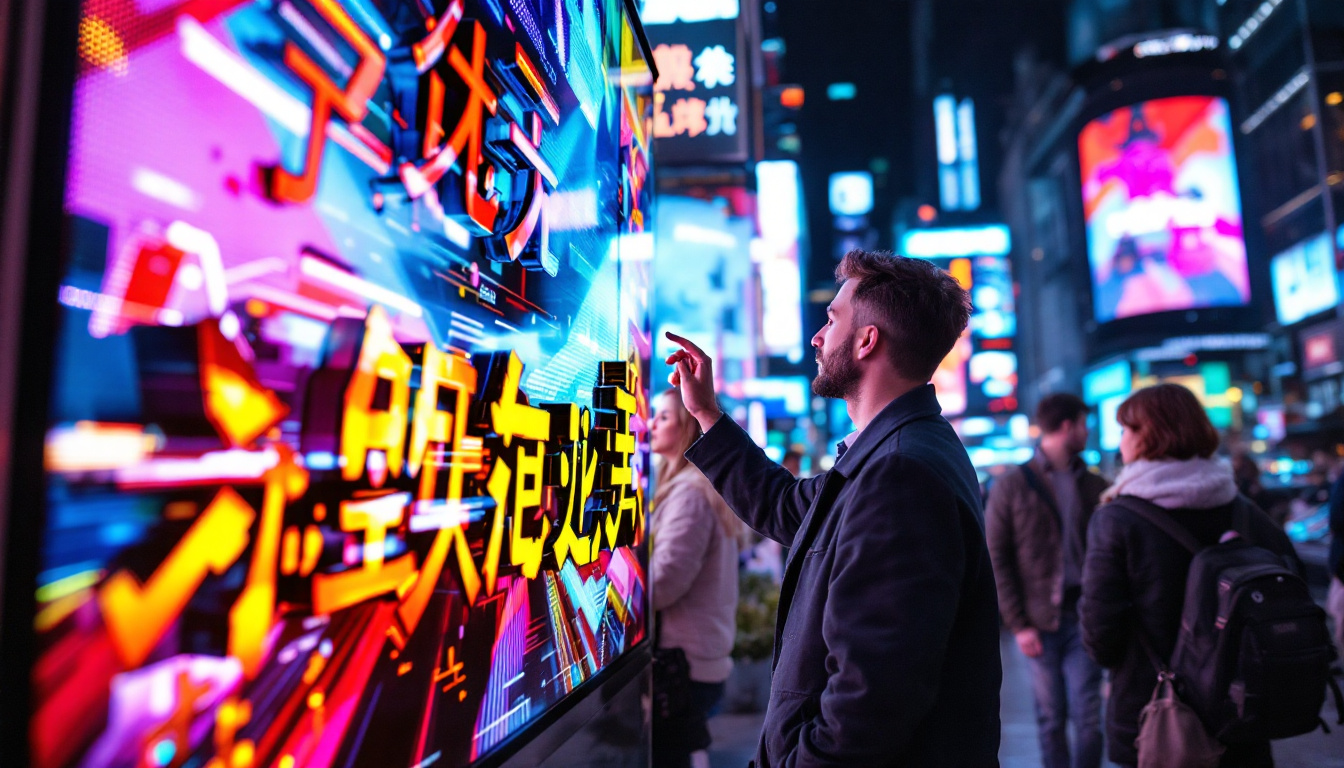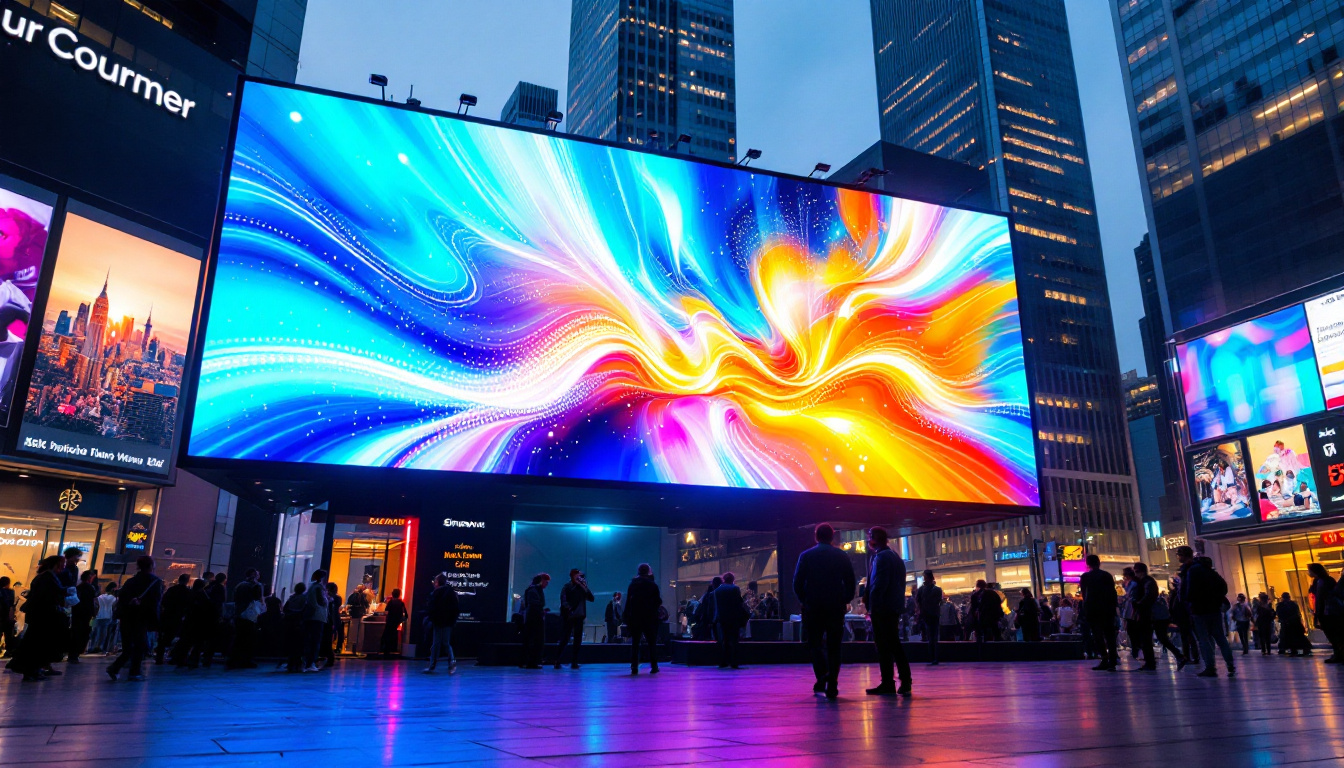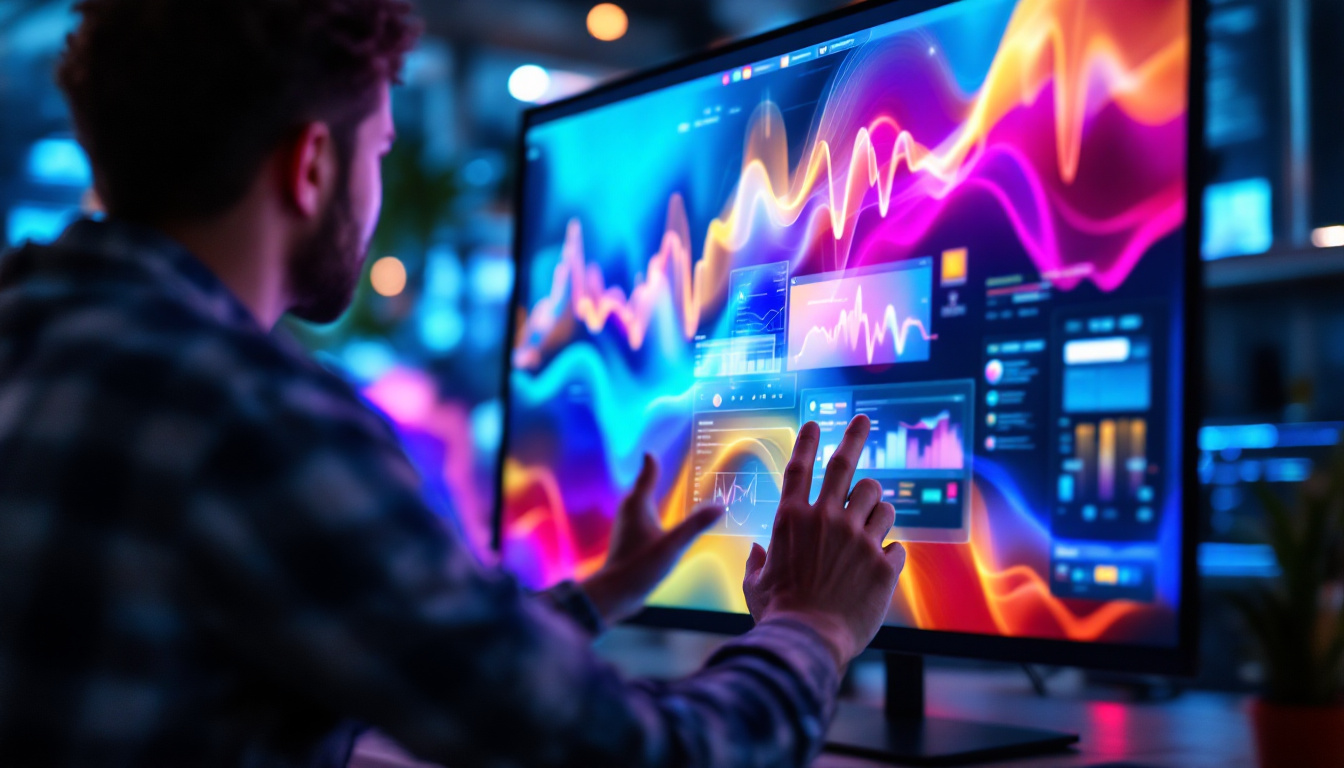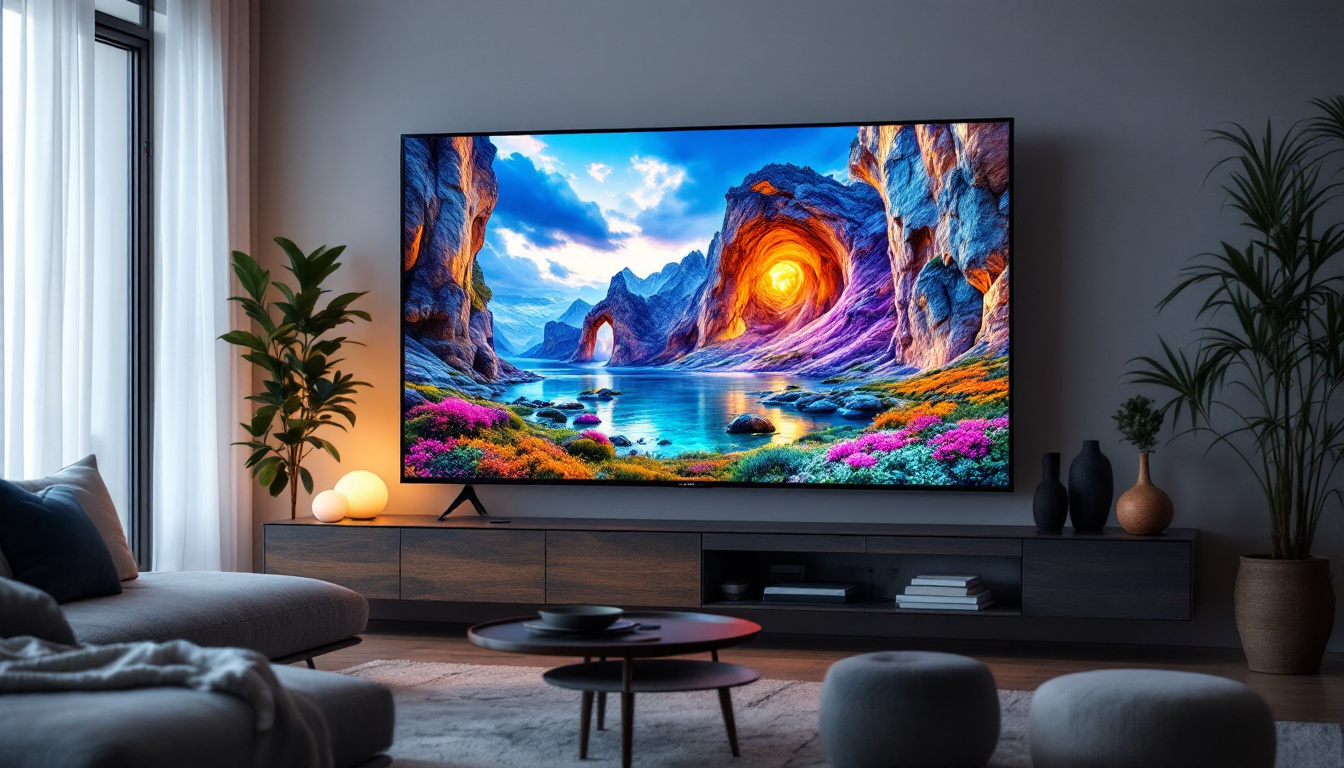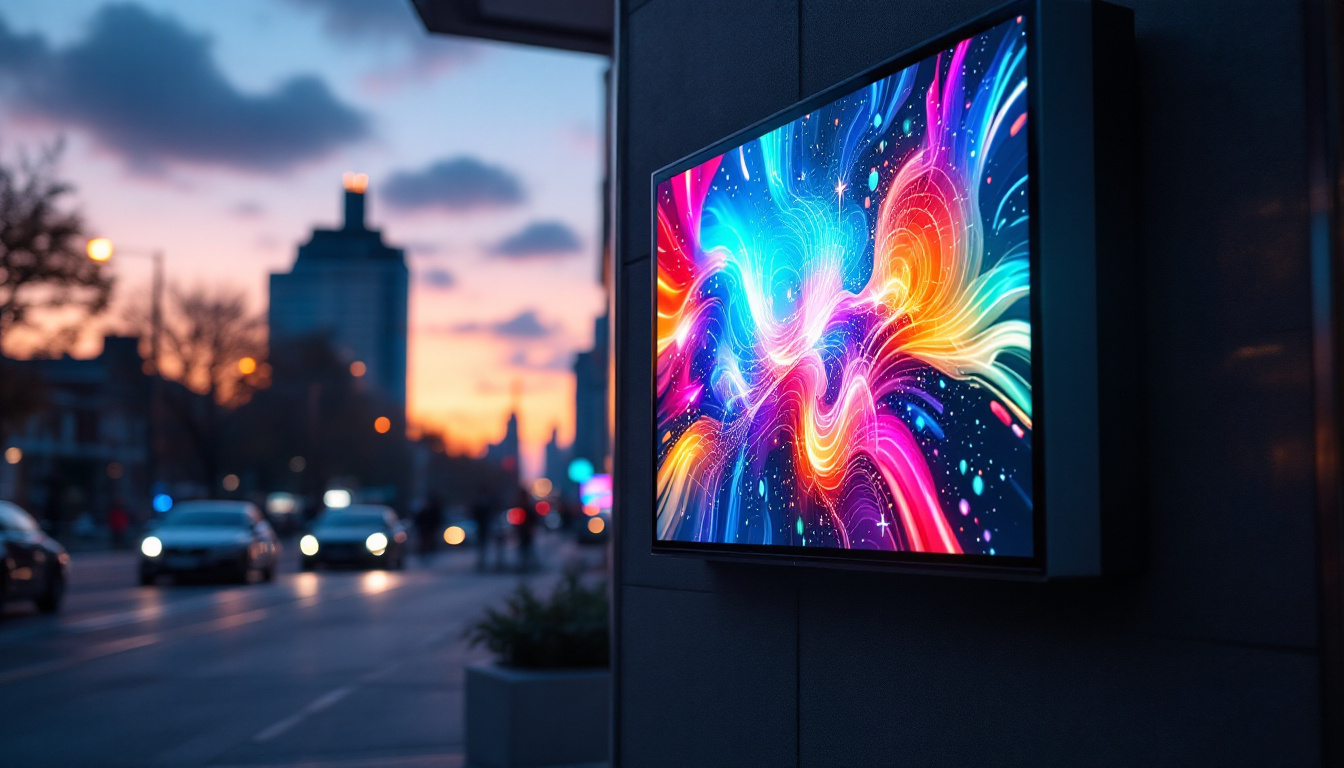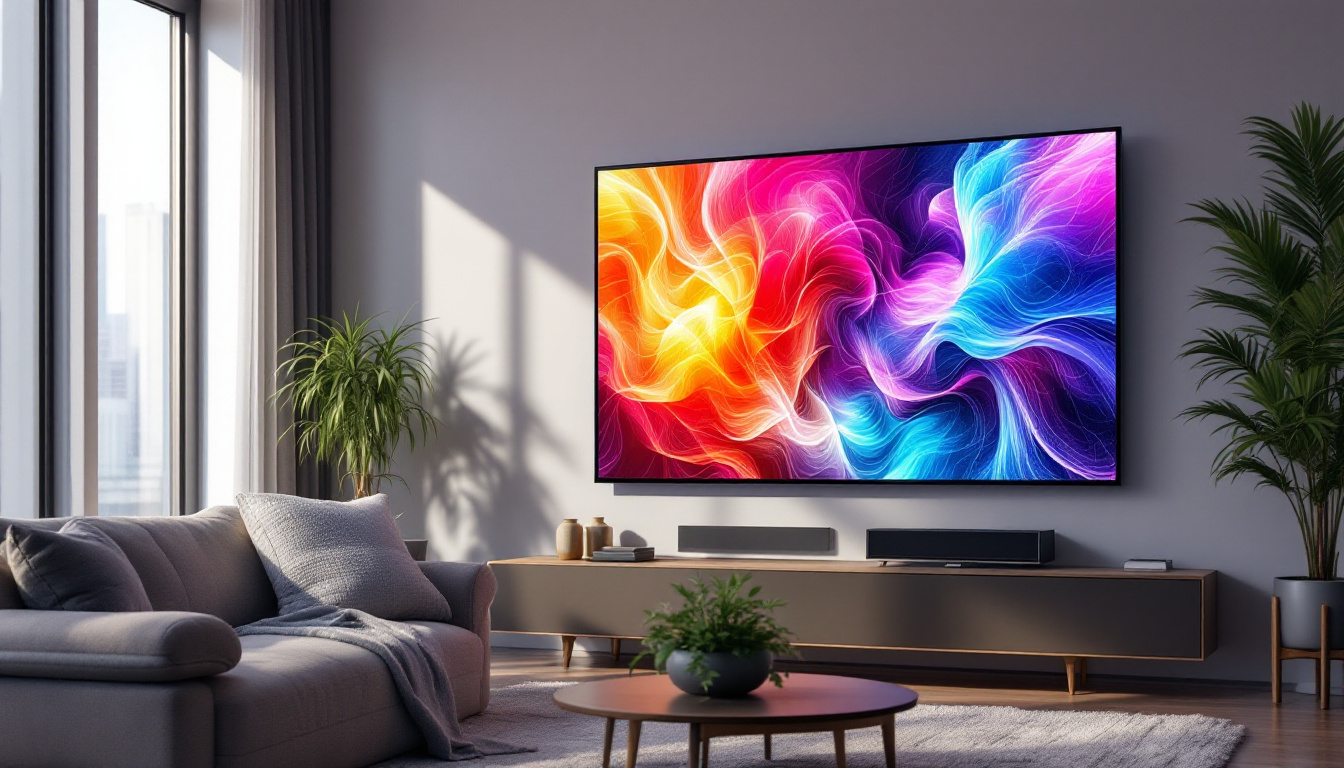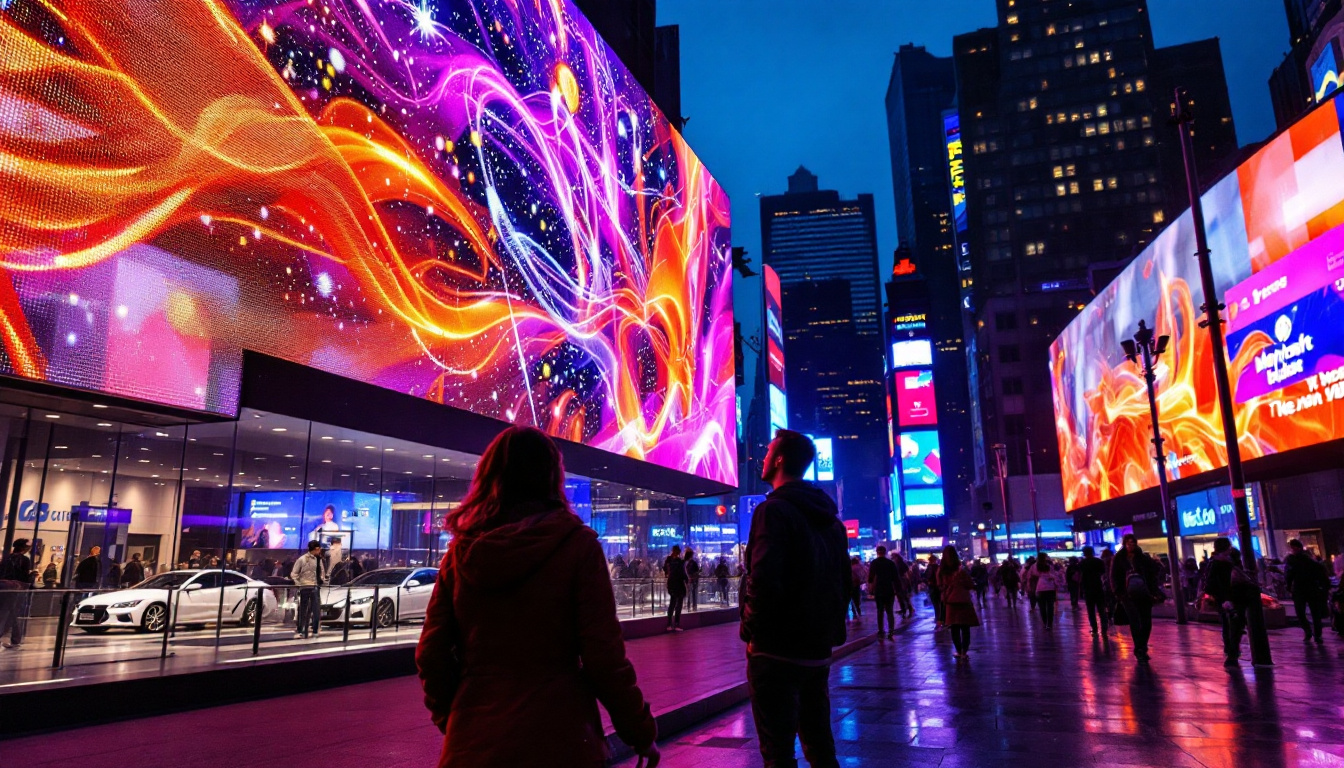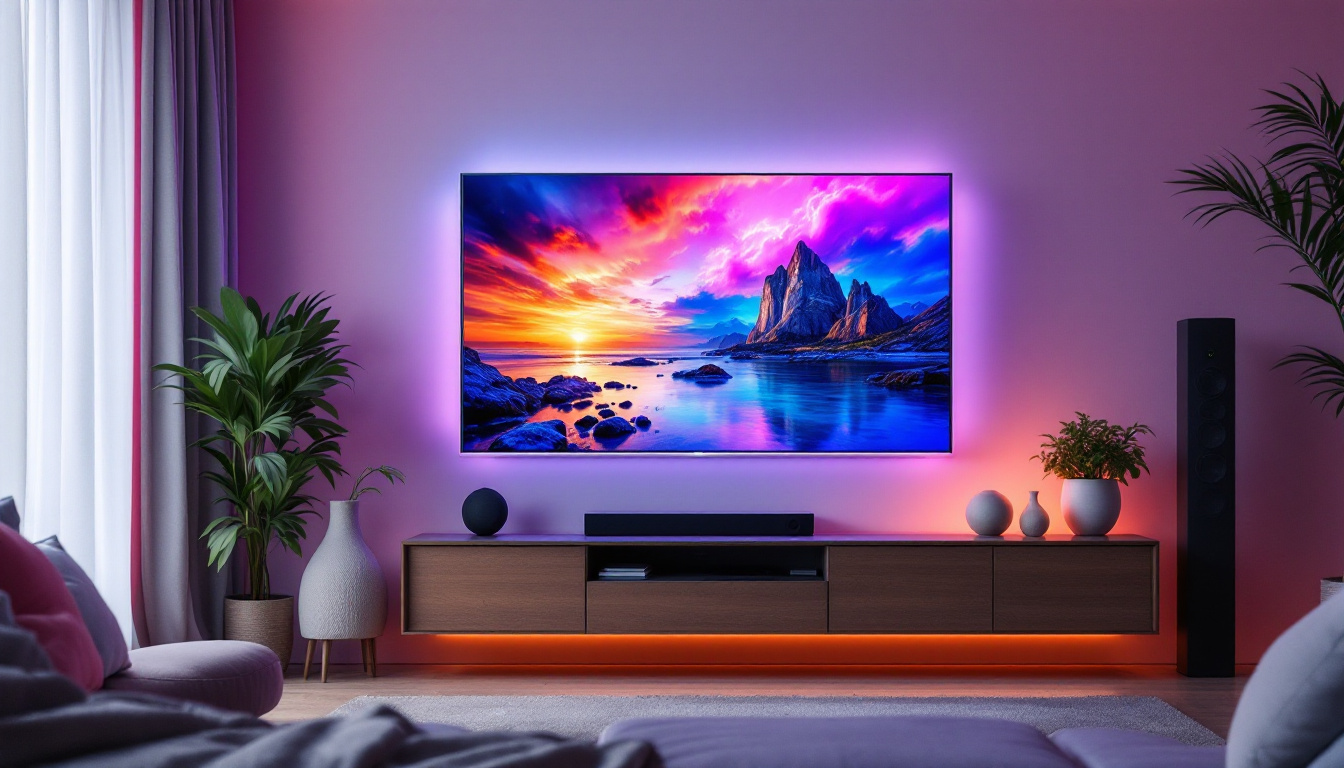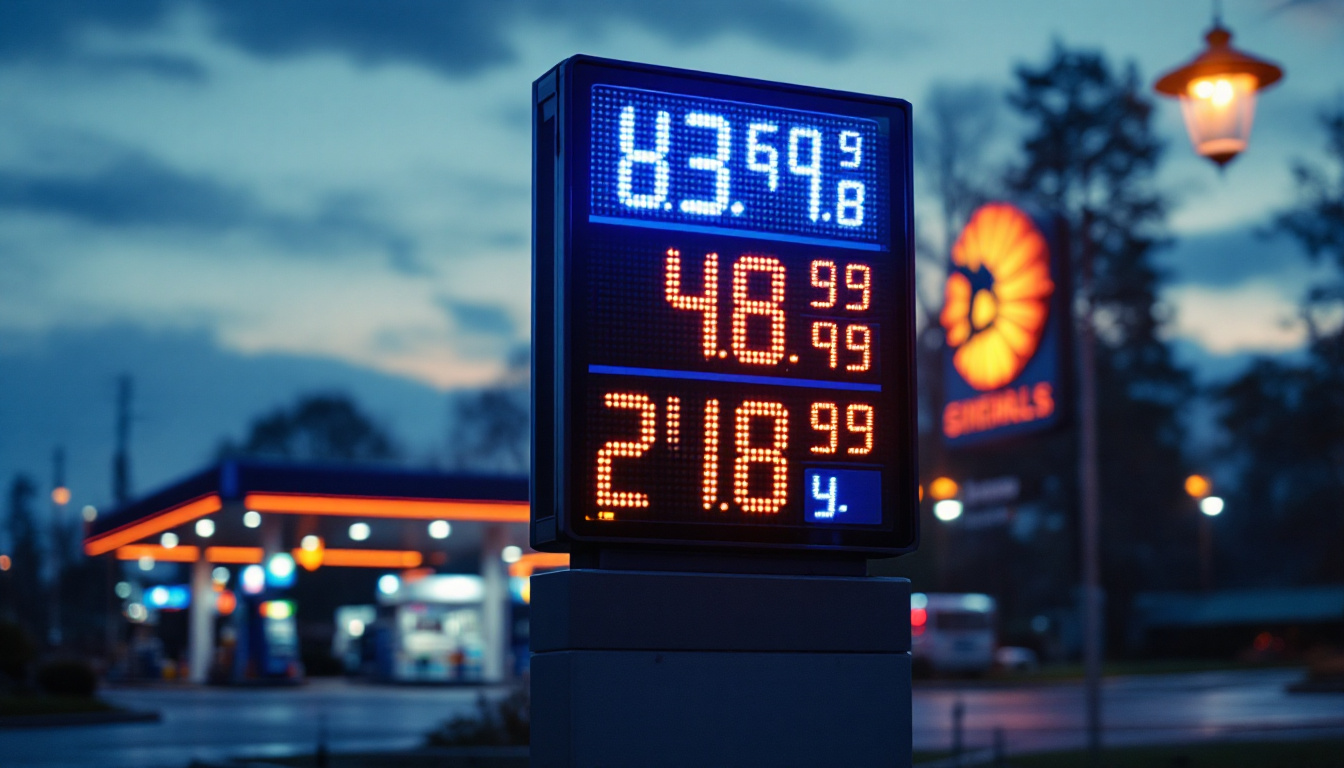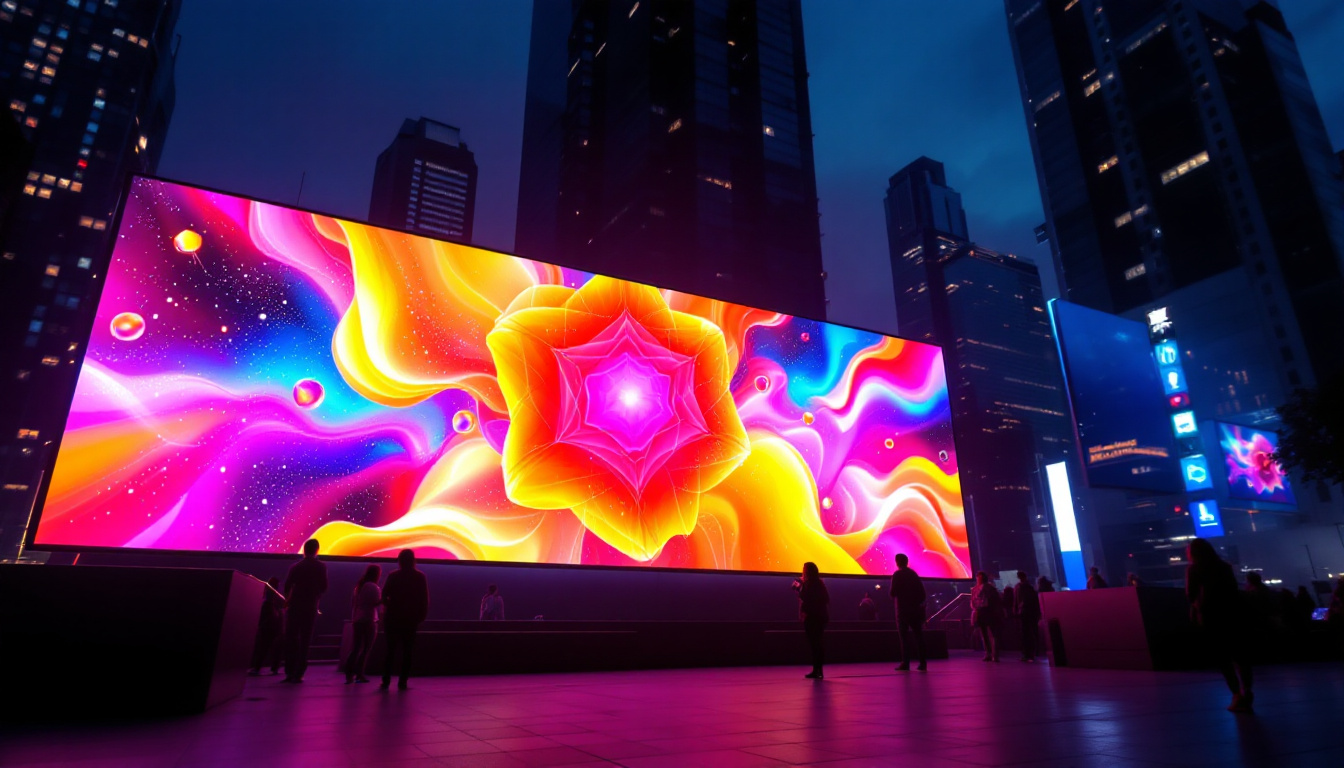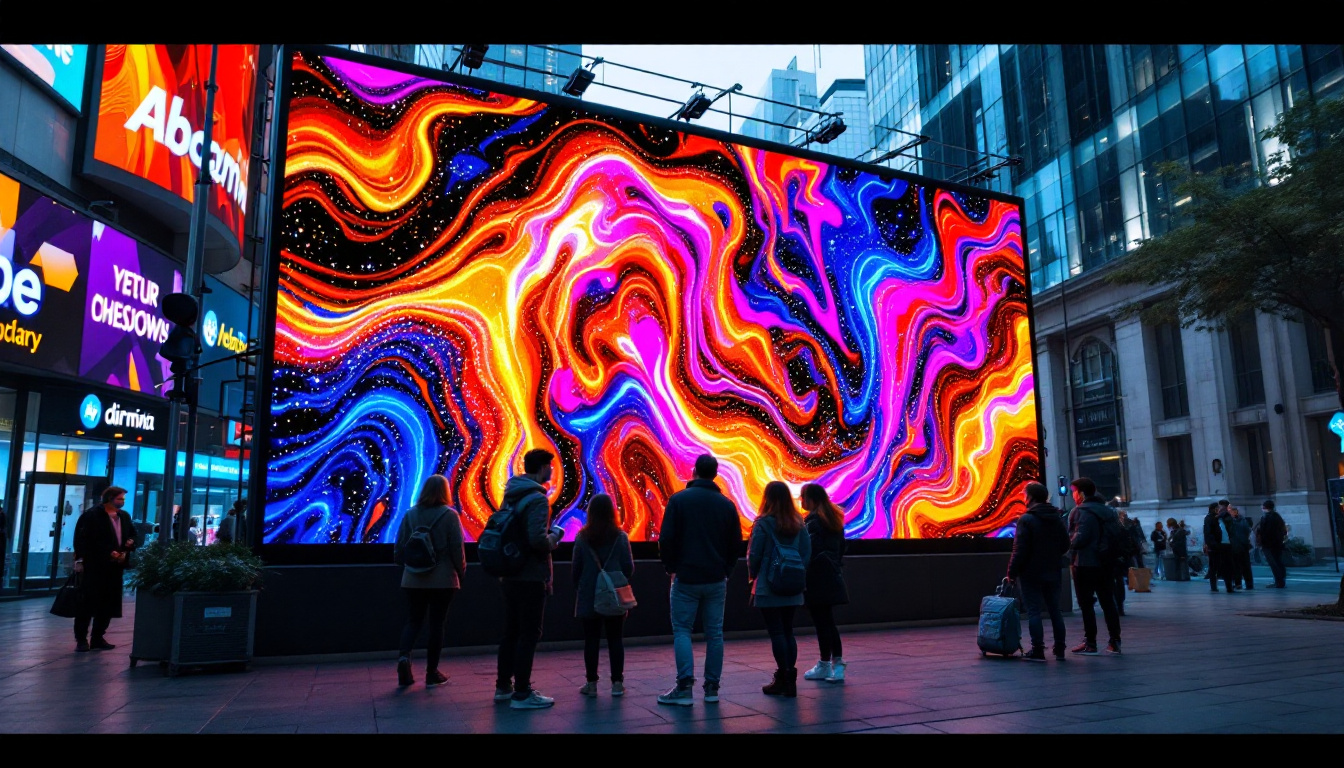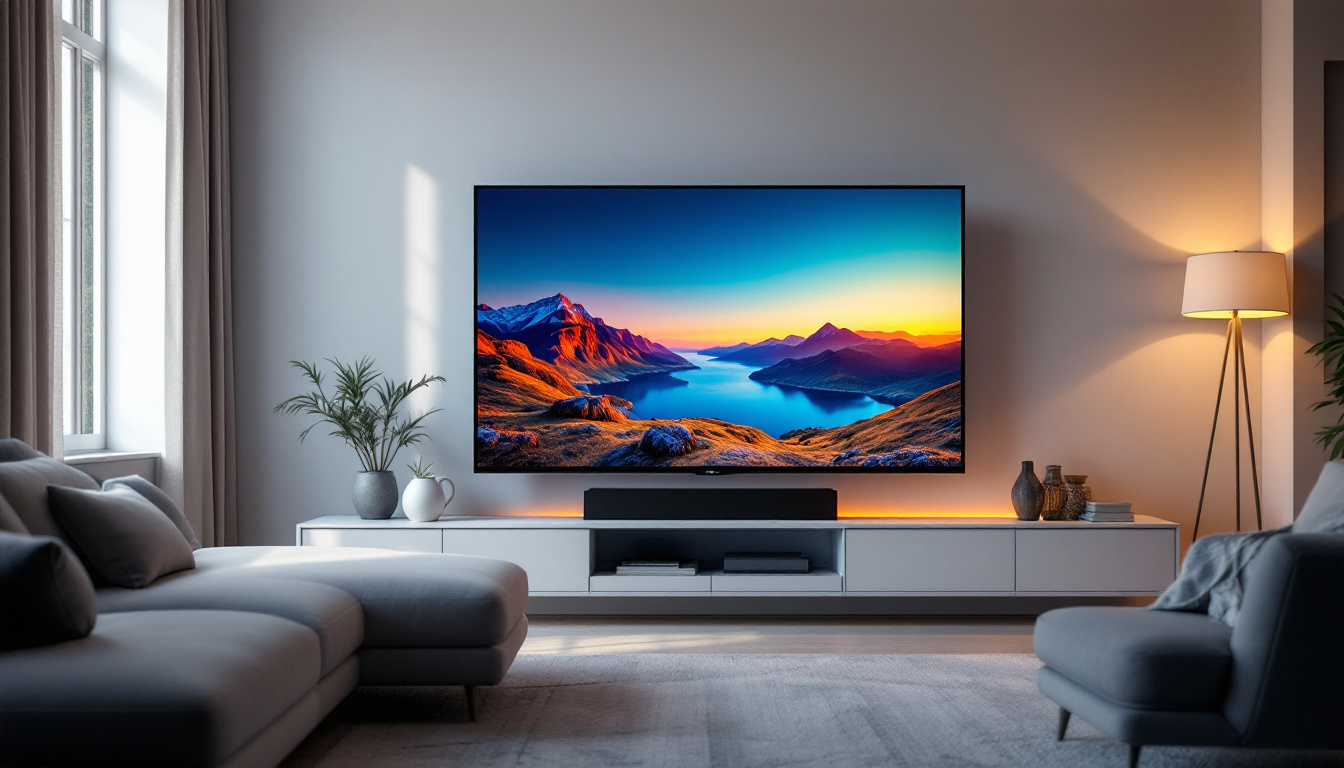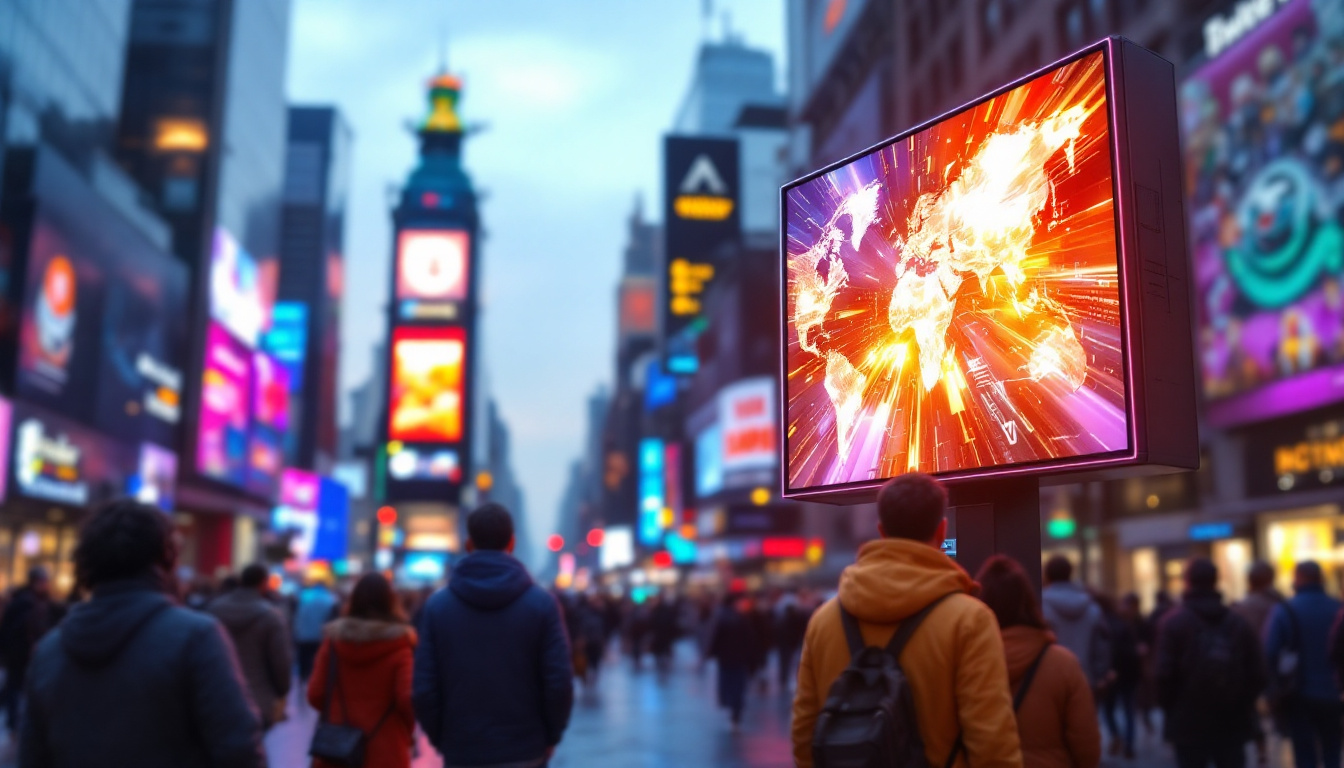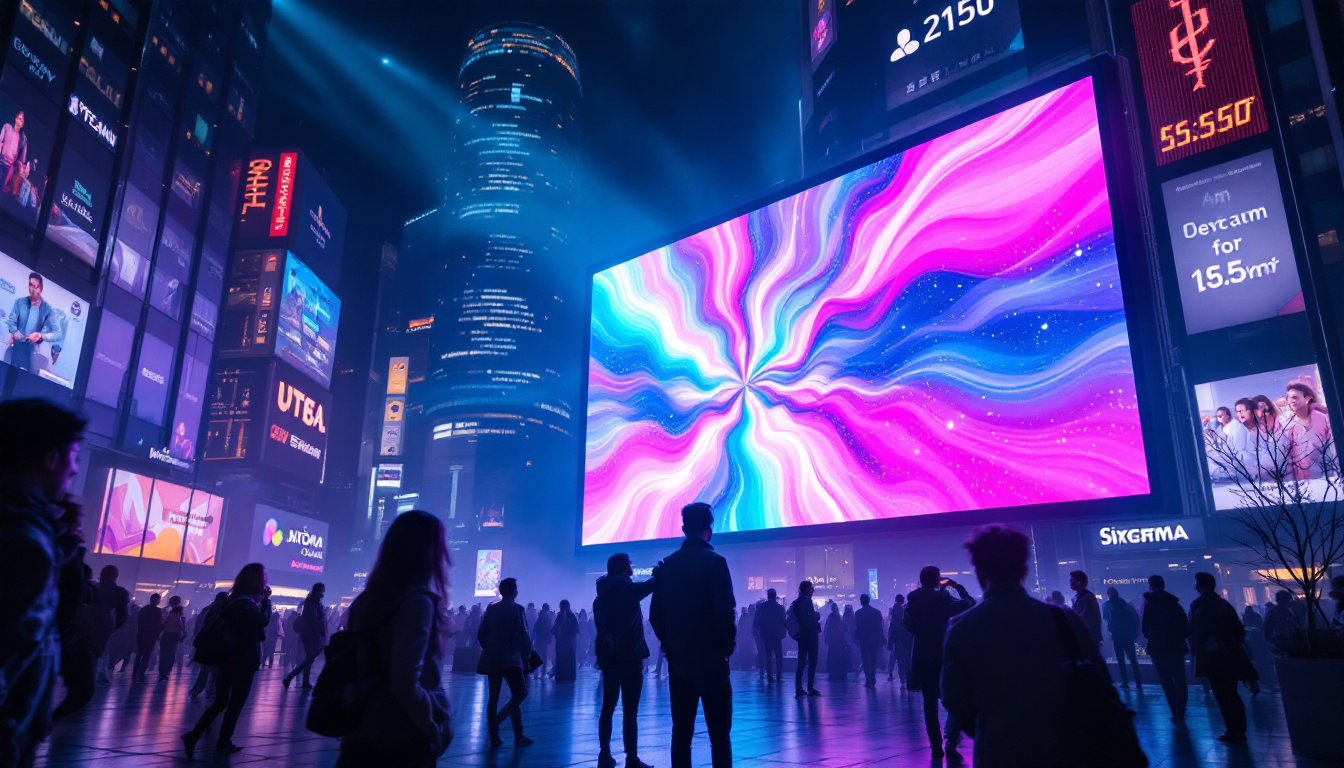In today’s fast-paced digital world, LED displays have emerged as a vital communication tool across various sectors. From stock market tickers to advertising billboards, these displays are not only eye-catching but also highly functional. This article delves into the intricacies of LED displays, particularly focusing on LED display tickers, their applications, and the technology behind them.
Understanding LED Technology
LED, or Light Emitting Diode, technology has revolutionized the way visual information is presented. Unlike traditional display technologies, LEDs offer several advantages, including energy efficiency, longevity, and vibrant color output. This section will explore what makes LED technology unique and how it functions.
The Basics of LED Functionality
At its core, an LED is a semiconductor device that emits light when an electric current passes through it. This process, known as electroluminescence, is what allows LEDs to produce bright and vivid colors. The ability to control the intensity and color of light emitted makes LEDs ideal for various display applications.
LEDs are typically arranged in a grid format to create larger displays. Each individual LED can be turned on or off independently, allowing for dynamic content to be shown. This capability is particularly important for ticker displays, which often need to convey real-time information that changes frequently. Furthermore, the modular nature of LED technology allows for easy scaling; displays can be expanded or customized to fit specific needs, whether for a small storefront or a massive stadium screen.
Advantages of LED Displays
LED displays offer numerous benefits over traditional display technologies such as LCD or projection systems. One of the most significant advantages is their brightness. LED displays can be viewed in direct sunlight, making them suitable for outdoor use. Additionally, they consume less power compared to other lighting technologies, which translates to lower operational costs.
Another key advantage is their durability. LED displays are less prone to damage from environmental factors, making them ideal for long-term outdoor installations. Their lifespan can exceed 100,000 hours, significantly reducing the need for frequent replacements. Moreover, the rugged construction of LED displays often includes weatherproofing and protective coatings, ensuring that they remain functional and visually appealing even in harsh conditions. This resilience not only enhances their reliability but also contributes to a lower total cost of ownership over time, as maintenance and replacement costs are minimized.
In addition to their practical benefits, LED technology has also paved the way for innovative design possibilities. The thin profile of LED panels allows for sleek installations that can blend seamlessly into various architectural environments. From vibrant advertising billboards to artistic light installations, the versatility of LED technology enables creators to push the boundaries of visual communication. As technology advances, we can expect even more sophisticated applications, such as flexible LED displays that can be curved or shaped to fit unconventional spaces, further expanding the horizons of what is possible in visual display technology.
Applications of LED Display Tickers
LED display tickers have found applications in a wide range of industries, serving various purposes. Their ability to convey information in real-time makes them particularly valuable in settings where timely updates are crucial.
Financial Markets
One of the most recognized uses of LED display tickers is in financial markets. Stock exchanges utilize these displays to provide real-time updates on stock prices, indices, and trading volumes. The scrolling text format allows traders and investors to quickly absorb critical information without needing to take their eyes off the market.
These displays can also be customized to show specific data, such as market trends or alerts, providing traders with the insights they need to make informed decisions. The speed and clarity of LED tickers contribute significantly to the efficiency of trading environments.
Advertising and Marketing
In the realm of advertising, LED display tickers are becoming increasingly popular. Businesses use them to promote products, announce sales, or share important news. The dynamic nature of LED displays allows for eye-catching animations and graphics that can attract potential customers.
Moreover, these displays can be programmed to change content based on time of day or audience demographics, making them a versatile tool for targeted marketing campaigns. The ability to update content remotely adds an extra layer of convenience for advertisers.
Transportation and Public Information
LED display tickers are also widely used in transportation systems, such as airports and train stations. They provide essential information, including flight arrivals and departures, delays, and gate changes. The clarity and visibility of LED displays ensure that travelers can easily access important updates.
In addition to transportation, LED tickers are utilized in public spaces to convey information about events, weather updates, or emergency alerts. Their ability to display real-time information makes them a critical component of effective communication in public settings.
The Technology Behind LED Displays
Understanding the technology behind LED displays is essential for appreciating their functionality and versatility. This section will explore the components that make up LED displays and how they work together to create stunning visuals.
Pixel Configuration
LED displays are composed of numerous individual pixels, each made up of red, green, and blue (RGB) LEDs. By varying the intensity of each color, a wide spectrum of colors can be produced. The arrangement of these pixels determines the resolution of the display; higher pixel density results in sharper images and text.
For ticker displays, the pixel pitch—measured in millimeters—plays a crucial role in determining how close viewers need to be to see the content clearly. A smaller pixel pitch allows for closer viewing distances, making it suitable for indoor environments where viewers are typically nearer to the display.
Control Systems
The control system of an LED display is vital for managing the content that appears on the screen. This system typically includes a media player, software for content creation, and a communication protocol to send data to the display. Modern LED displays often support various input sources, allowing for seamless integration with computers, cameras, and other devices.
Advanced control systems enable users to schedule content, create dynamic animations, and even monitor display performance in real-time. This flexibility is particularly beneficial for businesses that need to update their messaging frequently without requiring physical access to the display.
Installation and Maintenance of LED Displays
Installing and maintaining LED displays requires careful planning and execution. Proper installation ensures optimal performance and longevity, while regular maintenance helps prevent issues that could disrupt service.
Installation Considerations
When installing an LED display, several factors must be considered, including location, mounting options, and power supply. The location should provide maximum visibility while minimizing obstructions. Additionally, the mounting structure must be sturdy enough to support the weight of the display and withstand environmental conditions.
Power supply is another critical consideration. LED displays require a reliable power source, and installation may involve electrical work to ensure that power is safely and efficiently supplied. Collaborating with experienced professionals can help streamline the installation process and mitigate potential issues.
Maintenance Best Practices
Regular maintenance is essential for keeping LED displays in optimal condition. This includes routine cleaning to remove dust and debris that can accumulate on the screen, potentially affecting visibility. Additionally, software updates should be performed to ensure that the control system operates smoothly and efficiently.
Monitoring the performance of the display is also crucial. Many modern LED displays come equipped with diagnostic tools that can alert users to potential issues before they become significant problems. Addressing these issues promptly can extend the lifespan of the display and maintain its performance.
The Future of LED Display Technology
The future of LED display technology is poised for significant advancements. As technology continues to evolve, LED displays are expected to become even more versatile and efficient. This section will explore emerging trends and innovations in the field.
Advancements in Resolution and Clarity
One of the most exciting trends in LED display technology is the continuous improvement in resolution. As manufacturers develop smaller and more efficient pixels, displays are becoming capable of producing incredibly sharp images and text. This advancement is particularly beneficial for applications where detail is paramount, such as in digital signage and high-definition video displays.
Furthermore, the introduction of MicroLED technology promises to enhance the clarity and color accuracy of displays even further. MicroLEDs are tiny individual LEDs that can be arranged in various configurations, allowing for flexible display shapes and sizes, paving the way for innovative design possibilities.
Integration with Smart Technology
As smart technology becomes more prevalent, LED displays are increasingly being integrated with IoT (Internet of Things) systems. This integration allows for real-time data sharing and interactive capabilities, enhancing user engagement. For instance, LED displays in retail environments can be programmed to respond to customer behavior, displaying personalized content based on real-time analytics.
Moreover, advancements in artificial intelligence are expected to play a significant role in content management for LED displays. AI-driven systems can analyze viewer demographics and preferences, optimizing content delivery for maximum impact.
Conclusion
LED display tickers represent a dynamic and versatile communication tool that has transformed the way information is conveyed across various industries. With their bright visuals, energy efficiency, and adaptability, LED displays are well-suited for a multitude of applications, from financial markets to advertising and public information systems.
As technology continues to advance, the future of LED displays looks promising, with innovations in resolution, clarity, and smart technology integration on the horizon. Understanding the intricacies of LED displays not only highlights their importance in modern communication but also showcases the potential for continued growth and development in this exciting field.
Discover LumenMatrix LED Display Solutions
Ready to elevate your visual communication with the latest in LED technology? Look no further than LumenMatrix, a pioneer in crafting LED display modules designed to make your brand shine. Whether you’re interested in Indoor, Outdoor, Vehicle, Poster, Sports, Floor, Custom, All-in-One, or Transparent LED Displays, LumenMatrix has a solution tailored to your needs. Embrace the future of digital signage and create immersive experiences that captivate and engage. Check out LumenMatrix LED Display Solutions today and transform the way you share your message with the world.

